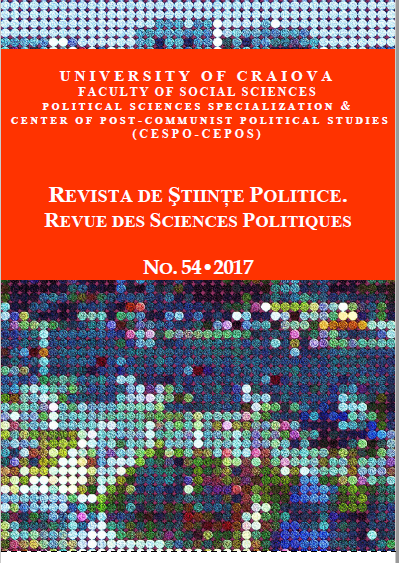The Construction of Children's Literature during the Yugoslav First Five-Year Plan
The Construction of Children's Literature during the Yugoslav First Five-Year Plan
Author(s): Berislav MajhutSubject(s): Croatian Literature, Russian Literature, History of Communism, Theory of Literature
Published by: Editura Universitaria Craiova
Keywords: Soviet children's literature; Yugoslav children's literature; ideology in children's literature; ideological adaptations of translated literature; Croatian children's literature after WWII;
Summary/Abstract: The radical elimination of bourgeois children's literature in 1945, coupled with the need to start educating children in a new Communist spirit, created in Yugoslavia a huge gap that could not be filled with the works of local authors. These are the reasons for a strong reliance on the massive translation of Soviet children’s literature. Soviet children’s literature compensated for the lack of tradition in certain literary genres and provided to Croatian (at that time, Yugoslav) children’s literature narrative models. At the same time, it provided guidelines and correctives to social practices. While highly socially engaged works of children’s literature by local authors were published before World War II, following the war they were revised and adjusted to new circumstances. In a similar manner, the translations of Soviet authors published before World War II were retranslated and ideologically adapted. After World War II, the books by Soviet authors made up more than half of all published books. The Russian origin of a book confirmed its ideological correctness, so that even Russian manuals for growing fruits and vegetables, related to a different climate, were translated. However, after the 1948 the break-up of Yugoslavia with the Soviet Union, children’s literature was affected by a wave of revisionism. Although books were still translated from Russian (as Yugoslav production still did not reach the satisfying levels), only those that could fit in the new Yugoslav situation were selected for translation. The works translated earlier were thoroughly revised in order to be compatible with the new circumstances. Therefore, not only did the Communist ideology radically change the picture of children’s literature but also continually revised its own production in line with the changing circumstances. Under the Communist regime the task of adjusting timeless works of art to the special needs of a particular political moment was never completed, and thus these literary works could never acquire their final form.
Journal: Revista de Științe Politice. Revue des Sciences Politiques
- Issue Year: 2017
- Issue No: 54
- Page Range: 118-128
- Page Count: 11
- Language: English

